- Home
- About Us
- Products
-
Heat-Pump Dehumidifier DeAir
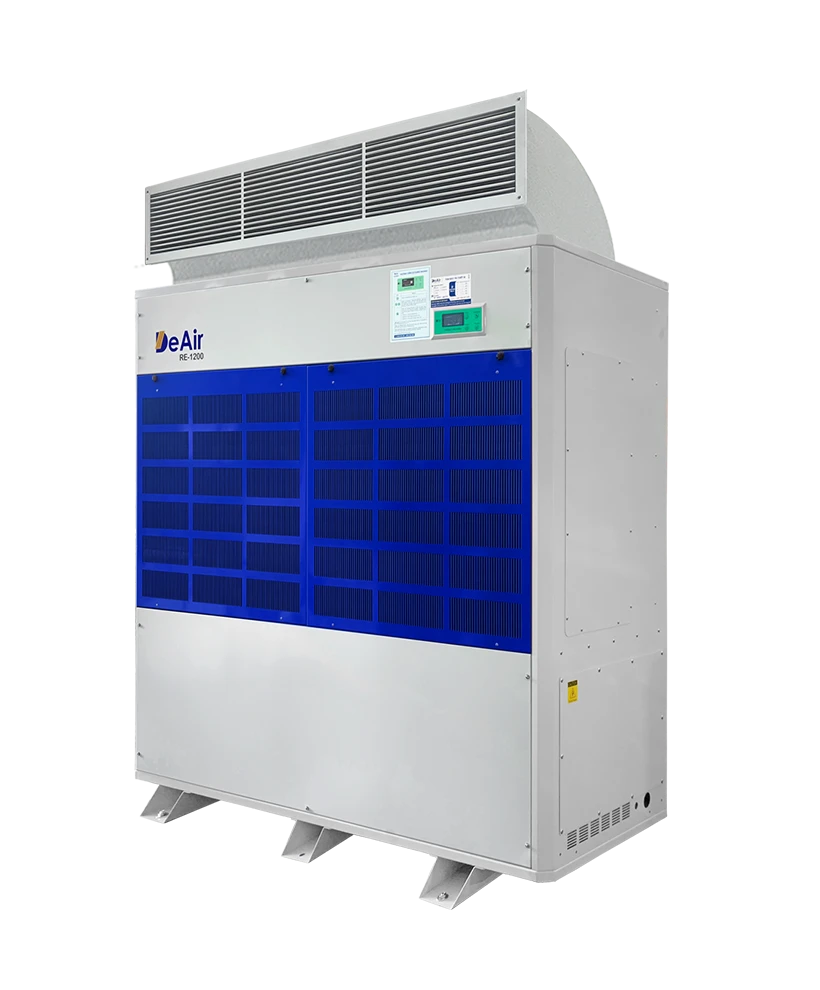 DeAir.RE
DeAir.RE -
Heat-Pump Dryer DeAir.RE-H
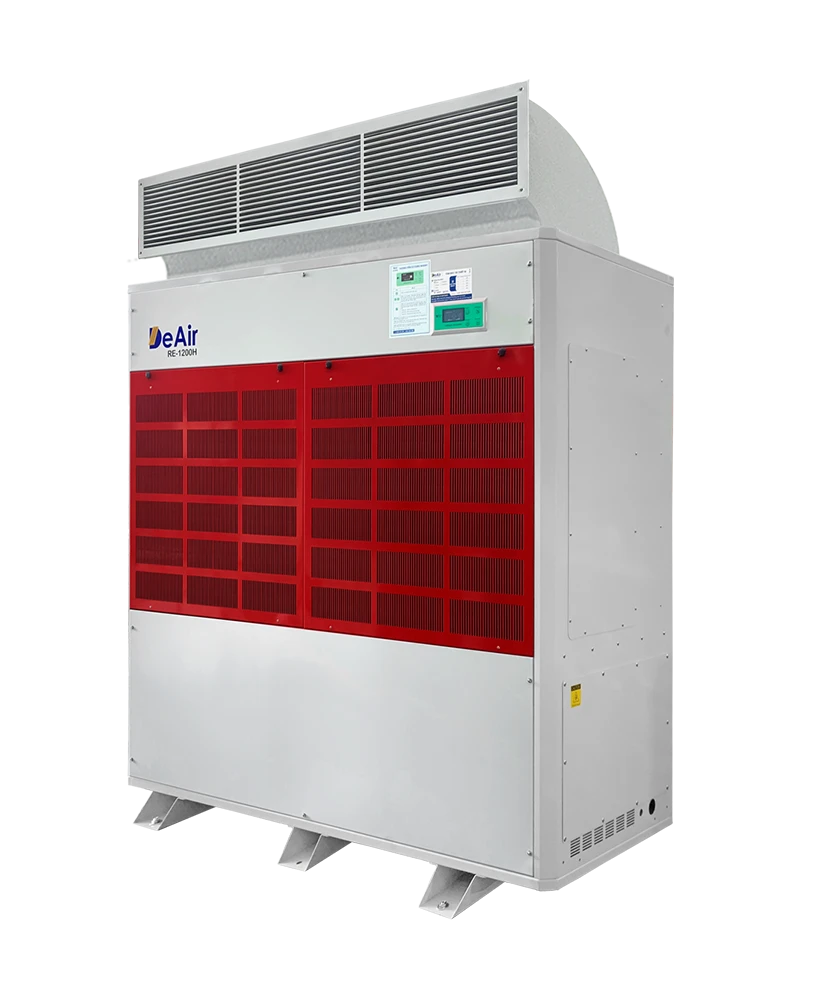 DeAir.RE-H
DeAir.RE-H -
Heat-Pump Stainless Steel Dehumidifier
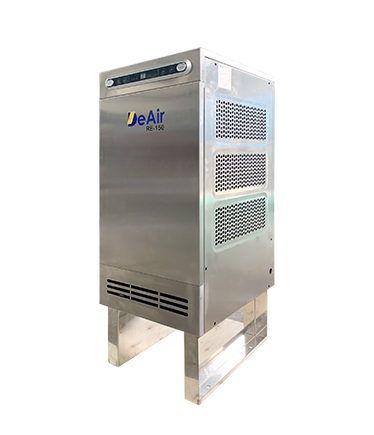 DeAir.RE-INOX
DeAir.RE-INOX -
Heat-Pump Isothermal Dehumidifier DeAir.CRE
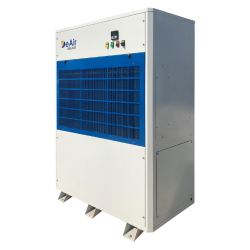 DeAir.CRE
DeAir.CRE -
Dezenno Dehumidifier
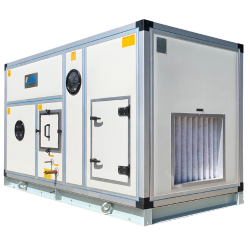 Dezenno
Dezenno -
Heat-Pump Ceiling Mounted Dehumidifier DeAir
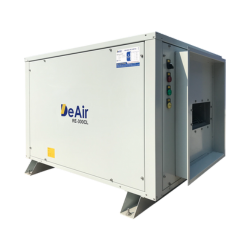 DeAir.RE-CL
DeAir.RE-CL -
Dehumidifier Olmas
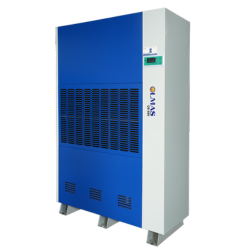 Olmas-OS
Olmas-OS -
Industrial Humidifier DeAir
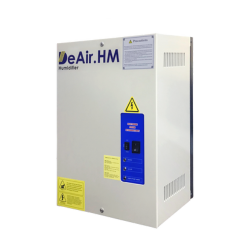 DeAir.HM
DeAir.HM -
Heat-Pump Dryer Daxwell
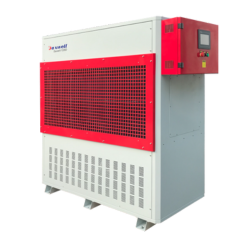 Daxwell
Daxwell -
Electric Duct Heater DeAir
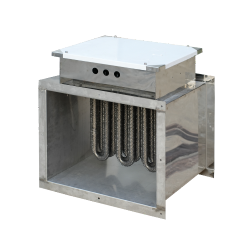 DeAir.Heat
DeAir.Heat -
Air Handling Unit Dezenno.MAX
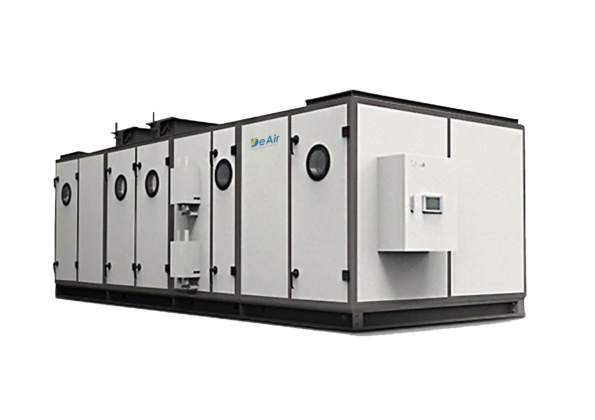 AHU
AHU
-
- Services
- Projects
- Warranty – Maintenance
- News
- Contact
Guide to Calculating Industrial Dehumidifier Capacity (A-Z) with Real-World Examples
01/10/2025
Table of Contents
- 1. Step 1: Define Design Conditions - The Calculation Foundation
- 2. Step 2: Calculate Permeation Load Through Structure
- 3. Step 3: Calculate Internal and Infiltration Moisture Loads
- 4. Step 4: Convert Total Moisture Load to Machine Capacity
- 5. Real-World Example and Selection Suggestion
- 6. Frequently Asked Questions (FAQ)
One of the most important questions when investing in a humidity control system is: "What capacity dehumidifier do I need?" Choosing the wrong capacity not only leads to waste but also directly affects product quality and operational efficiency.
The technical process to answer this question is to determine the Total Moisture Load – the total amount of moisture vapor infiltrating and generating within the controlled space. DeAir guides you through the 4 simple yet detailed steps below to accurately determine the capacity of your industrial dehumidifier.
Step 1: Define Design Conditions - The Calculation Foundation

Moisture load calculation begins by clearly defining 3 crucial environmental conditions, using the absolute humidity unit of grs/lb (grains/pound) because it does not change with temperature, ensuring accuracy:
- Space Volume (V): Room dimensions (Length x Width x Height).
- Required Condition (S): The absolute humidity (grs/lb) needed to be maintained inside the room.
- Outside Design Condition: The absolute humidity (grs/lb) of the outdoor air during the most humid time of the year.
- Humidity Difference (G): The difference between the outside humidity and the required humidity. This is the main driver of permeation load.
Step 2: Calculate Permeation Load Through Structure
This is the amount of moisture vapor that "seeps" through the walls, floor, and ceiling. The degree of moisture permeation depends on the quality and type of building materials. The most important factor to consider is the Vapor Barrier.
Infographic 1: Factors Affecting Permeation Moisture Load
- 🛡️ Vapor Barrier Quality: Determines if the moisture load can increase several times if the vapor barrier is damaged.
- 🧱 Building Materials: Brick/concrete walls have a higher permeation load than insulated Panel walls.
- 📐 Vapor Pressure Difference: The larger the gap between outside humidity and required humidity, the more the permeation load increases.
Important Note: If the humidity control space requires less than 50%RH, a continuous Vapor Barrier is mandatory to optimize dehumidifier capacity and long-term operating costs. Learn more about the role of the Vapor Barrier according to industry standards in reputable HVAC technical documents (ASHRAE).

Step 3: Calculate Internal and Infiltration Moisture Loads
These moisture sources originate internally or penetrate through uncontrolled openings. These are constantly changing moisture loads, making control complex.
Infographic 2: Internal Moisture Sources to Control
- 🏃♀️ People Load: Moisture released from breathing and perspiration. This load increases significantly with high room temperature and heavy activity.
- 📦 Product/Process Load: Moisture released from hygroscopic materials (paper, wood, packaging) or from manufacturing processes involving liquids.
- 🚪 Infiltration Loads (Doors and Cracks): Large moisture load infiltrating when warehouse/factory doors open, especially on humid days.
- 💨 Ventilating Air (Fresh Air): If fresh air from outside is used, the moisture content in the fresh air must be calculated and treated before being introduced into the room.
Step 4: Convert Total Moisture Load to Machine Capacity
The Total Moisture Load is the sum of all moisture sources calculated in Step 2 and Step 3 (unit Grs/hr). The required dehumidifier capacity is determined based on the principle of Moisture Load Balance:
- Moisture removed by the machine per hour ≥ Total moisture infiltration and generation per hour.
The dehumidifier must have sufficient airflow (CFM) and dehumidification capability to maintain the required condition. You can refer to the Dehumidifier Capacity Calculation Checklist for more detailed guidance.
Real-World Example and Selection Suggestion

Hypothetical Scenario: A functional food production room needs to maintain 75 F/ 35%RH.
- Low Humidity Requirement (35%RH): A Desiccant Rotor technology machine is mandatory to achieve deep dry conditions.
- Permeation Load: Accounts for the highest proportion. A continuous anti-moisture system is needed to reduce the burden on the dehumidifier.
Strategic Selection Suggestion: Instead of choosing a high-capacity condensing unit, investing in a specialized Rotor series like Dezenno will ensure stable performance and achieve the required humidity. The machine chosen must have a certain safety factor (usually 10-20% capacity) to cope with days when outdoor humidity spikes.
Frequently Asked Questions (FAQ)
1. What is "Grains/lb" and why is it important?
"Grains per pound of dry air" (grs/lb) is a unit of absolute humidity, representing the weight of water vapor (in grains) in each pound of dry air. This is the standard unit used in moisture load calculation because it does not change with temperature, unlike Relative Humidity (RH) which is just a ratio.
2. What should I do if there is no Vapor Barrier?
If there is no Vapor Barrier, the permeation load will increase significantly, requiring a much larger capacity dehumidifier and consuming more energy for operation. To optimize long-term costs, we always recommend establishing a continuous, unbroken Vapor Barrier.
3. Can I perform the calculation myself without an expert?
You can determine the basic moisture load factors. However, accurately determining infiltration coefficients and the moisture released from products/processes requires specialized experience and data. We recommend consulting with the DeAir technical team for precise results, avoiding the mistake of choosing the wrong capacity.
EXPERT TECHNICAL CONSULTATION FOR MOISTURE LOAD CALCULATION
Every technical decision stems from an accurate moisture load. Contact DeAir to let our team of engineers help you calculate the optimal capacity, ensuring investment efficiency.
DEAIR JOINT STOCK COMPANY
Email: operation@deair.com.vn
Hotline: 0925 977 579 (Ms. Tâm) | 0914 205 850 (Ms. Hòa)
Website: deair.com.vn
Sign up for news from DeAir
Related news






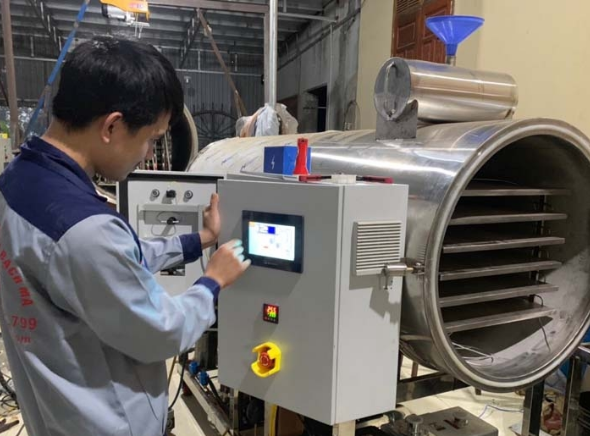



![[Case Study] DeAir Installs DeAir.De Rotor Humidity Control System for Pharmaceutical Plant in Binh Duong [Case Study] DeAir Installs DeAir.De Rotor Humidity Control System for Pharmaceutical Plant in Binh Duong](https://deair.com.vn/thumbs/news/2023_04/ban_giao_may_cho_duoc_bd/[270x153-cr]image1-1024x772.jpg__cv.webp)

![[Review & Guide] Olmas OS-300: The New Humidity Control "Warrior" for Medium to Large Warehouses [Review & Guide] Olmas OS-300: The New Humidity Control "Warrior" for Medium to Large Warehouses](https://deair.com.vn/thumbs/news/huong_dan_su_dung_may_olmas_21/[270x153-cr]vtm06440.png)